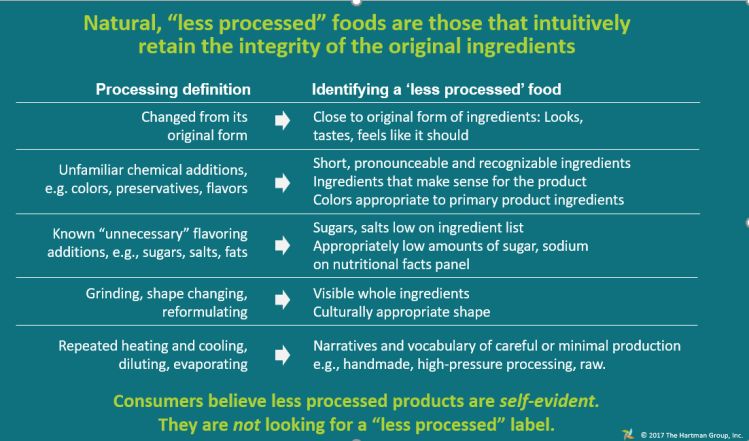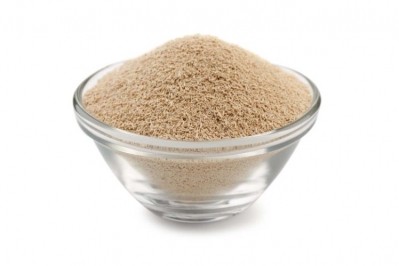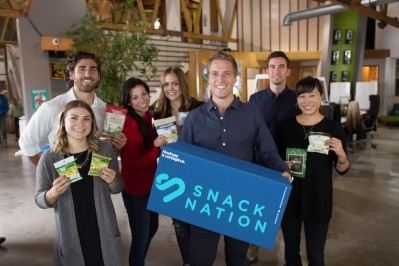Dispatches from FOOD VISION USA 2017
What ‘clean’ food cues are shoppers looking for? Hartman Group weighs in

Speaking at FOOD VISION USA in Chicago last week, Hartman Group SVP Shelley Balanko, PhD, said clean and natural food should be self-evident through multiple cues, not seen purely as marketing terms.
“Our research shows that the downside of the term ‘clean’ in consumer communications is that some people think it’s a bit pretentious and neurotic. There’s also a sentiment that it’s like ‘natural,’ potentially a marketing gimmick, so we would probably recommend against putting it on pack.
“When seen on-pack, ‘natural’ continues to be regarded with skepticism. Four in five consumers have clear ambivalence or outright distrust of the ‘All Natural’ label.”
Shopping the perimeter
Consumers, she said, are looking for less processed foods “that intuitively retain the integrity of the original ingredients,” products that are “made simply and grown naturally without unnecessary chemicals, processing or cooking stages… it’s about products that look, feel, and taste like they should, things that are as close as possible to their original form, that haven’t been shape-shifted, that have visible, whole ingredients.”
So cues for clean/natural might be the absence of red flag ingredients (anything that sounds unnatural or artificial), a short, recognizable ingredient list, distinctive flavors, locally sourced, markers of high quality production or sourcing, premium and so on, she said, noting that terms such as ‘authentic,’ ‘real,’ ‘simple,’ and ‘fresh’ are often used interchangeably with ‘clean,’ again suggesting that clean labels are about more than just avoiding ‘artificial’ ingredients.
“Shopping only the perimeter is one simple strategy consumers use” to eat cleaner, more natural foods, she added. "They are also looking for deliciousness, interesting new flavors.
“The perceived goodness of fresher, less processed food goes much deeper than the nutrition panel. It’s about vitamins, minerals, enzymes, probiotics, and other things in nature that nutritional science may not yet be able to quantify.”
For some more ‘progressive’ consumers, the conversation around clean food now encompasses GMOs, pesticide residues, antibiotics, sustainability, animal welfare, farming methods and food technologies, she added. Some consumers are even beginning to question ‘natural flavors’ on an ingredients list, she said.
Clean also means premium, she said, which is about "upgraded food experiences," high quality sourcing and production methods, products created by passionate people, and culinary traditions. "It's about pleasure."
Organic v local
While organic “remains a resonant symbol of food quality,” its expansion into processed food categories has diluted some consumers’ perceptions about the label, while others also believe ‘local’ trumps organic, if there is a hierarchy, she claimed.
"Why eat foods and beverages flown in from half-way around the world? 80% of consumers say they are buying more local than they did a year ago. Local implies freshness, seasonality, sustainability, and trust.
“Organic is becoming a bit tarnished among more progressive consumers. They see it in cookies, candy and soda and they also see that big brands have embraced it.”













